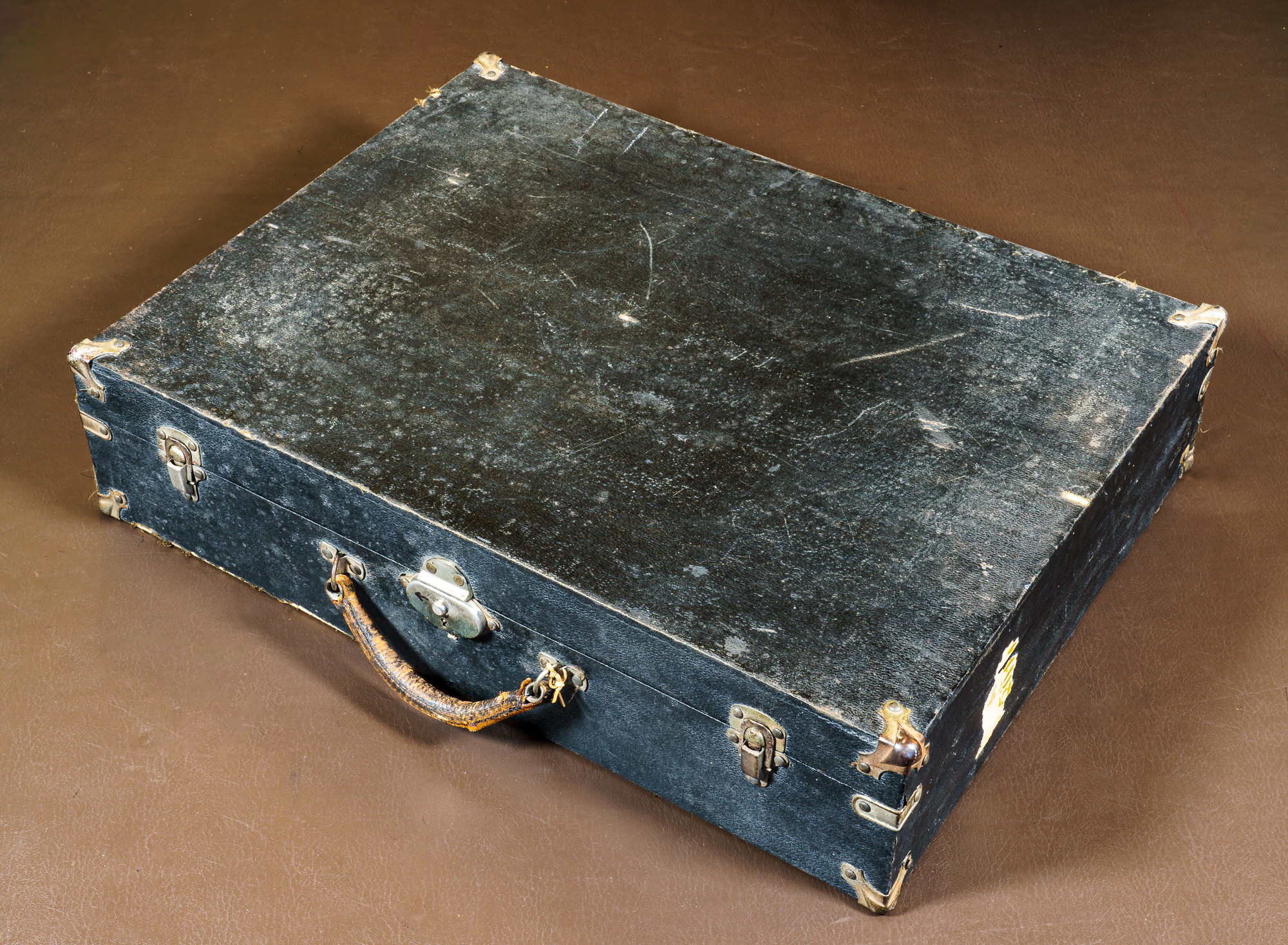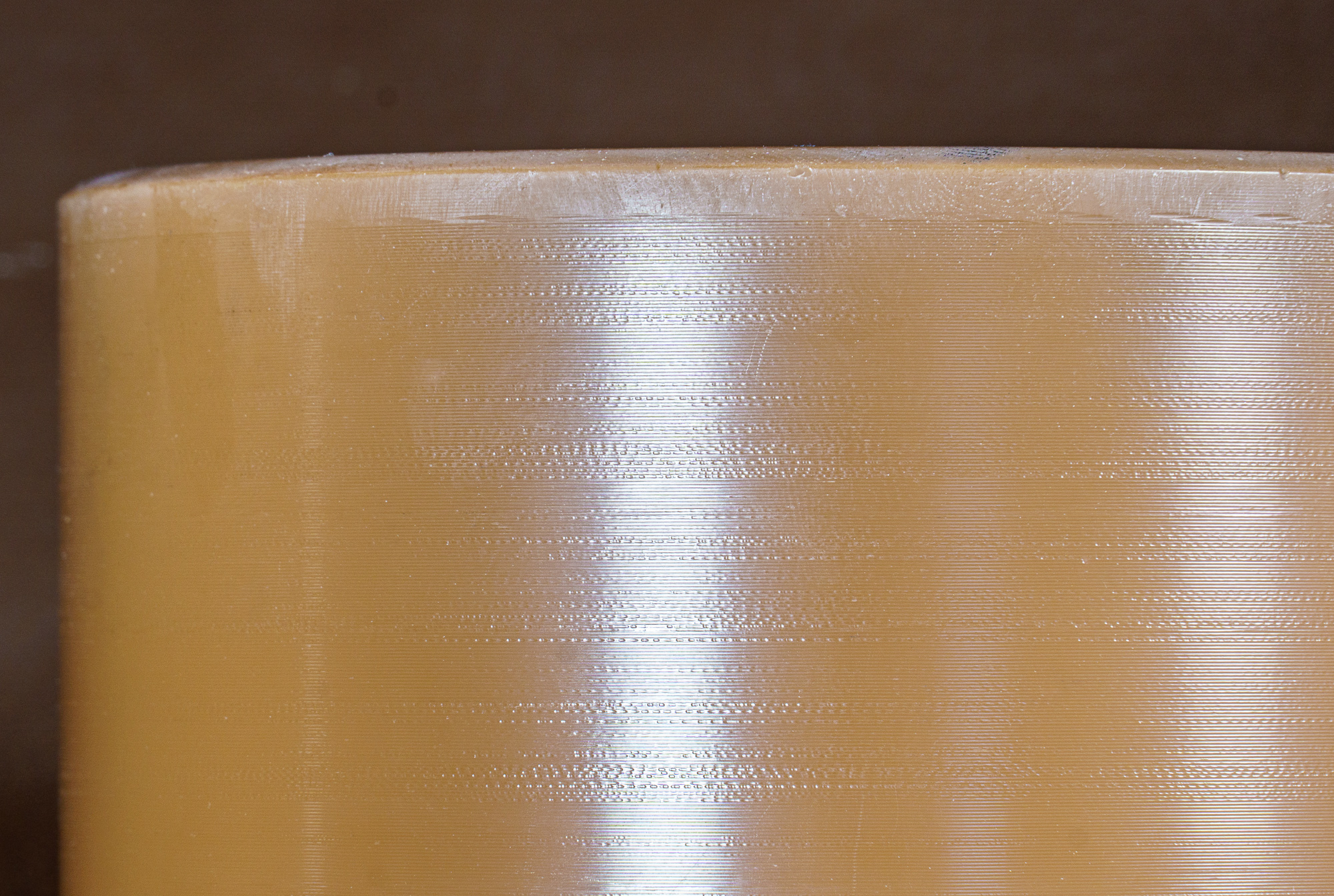

These twelve wax cylinders hold the earliest sound recordings ever made of Australian Aboriginal songs and language. The unique and priceless recordings were made by field anthropologists Walter Baldwin Spencer and Francis Gillen on their 1901-1902 expedition from Oodnadatta to the Gulf of Carpentaria.
The twelve wax cylinders contain the earliest sound recordings made among Australian Aboriginal people. These priceless recordings were made by the pioneer field anthropologists Walter Baldwin Spencer and Francis Gillen during their 1901-1902 expedition from Oodnadatta to the Gulf of Carpentaria. During this expedition they also pioneered the use of cinematographic film recording, took hundreds of photographs and documented kinship systems, languages, mythology, beliefs and material culture.
The expedition lasted for twelve months and spanned half the continent. It was a costly affair, but was jointly sponsored by the governments of South Australia and Victoria, and was well supported by philanthropists aware of the growing impact of European presence on Aboriginal cultural life. One of those philanthropists was Thomas Gill, treasurer and secretary of the Royal Geographical Society based in Adelaide. Gill supplied Spencer and Gillen with an Edison phonograph and a set of twenty-four wax cylinders.
Reference: [Philip Jones (ed.) Gillen’s Modest Record. The Journal of the Spencer-Gillen Anthropological Expedition across Australia, 1901-1902. Adelaide, Friends of the State Library of South Australia, 2017]


Spencer and Gillen were aware of the fragility of the equipment (one wax cylinder broke before it could be used) and decided to record as much as possible during the expedition’s first few weeks, before sending the cylinders and phonograph back to Adelaide by mail coach. They made these recordings essentially at two camps – at Camp 4 on the Stevenson River (to the north-west of Lake Eyre) and at Charlotte Waters telegraph station, where Gillen had been based as a telegraph operator from 1875 to 1887. These recordings were made with men and women of the Southern Arrernte people, including one man engaged as a guide for the expedition – Erlikilyika (Jim Kite).
The recordings fall into three main categories:
Secular ‘corroboree’ songs, including women’s songs and those of the travelling Tjitjingalla ceremony.
Songs associated with the great ceremonial song cycles of Central Australia, and with initiatory practices.
Examples of speech, vocabulary, men’s and women’s declamatory arguments, a mourning chant and imitations of plovers.
An extract from Gillen’s diary gives an insight into the excitement these recordings generated – both for the anthropologists and for the Southern Arrernte themselves:
"As each song was finished we reproduced it much to the amazement of our … friends who left us at 10pm, delighted with their unique entertainment. Spencer & I delighted to have these records which are the first ever taken amongst the Australian aborigines … [That night I] slept like a top although I had the refrains of various corroborees running through my brain all night. … Our visitors camped with us & their little fires on the surrounding sand ridges made the scene very attractive. … Their peals of laughter as they discussed the wonderful phonograph greatly pleased Spencer…"
© The Royal Geographical Society of South Australia